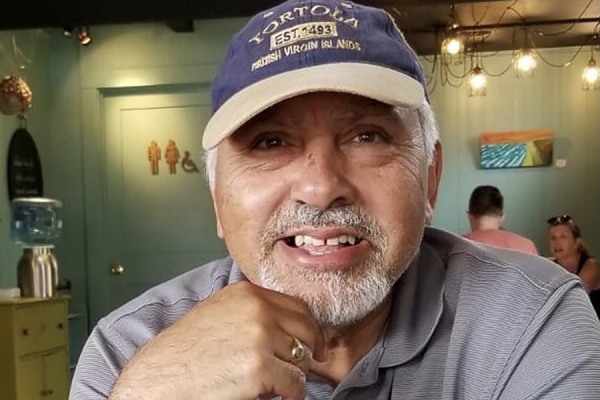 UWindsor geologist Ihsan Al-Aasm is helping find a safe underground site for long-term storage of radioactive waste.
UWindsor geologist Ihsan Al-Aasm is helping find a safe underground site for long-term storage of radioactive waste.
Ihsan Al-Aasm wants to protect the health of Canadians and their environment for generations to come. The UWindsor geologist is using his expertise in geochemistry and petrology of sedimentary rocks to help find a safe site for long-term radioactive waste storage.
Canada is embarking on a project, led by the Nuclear Waste Management Organization (NWMO), to store nuclear waste material underground in a deep geological repository, which will consist of a network of underground tunnels and placement rooms for used nuclear fuel containers.
Dr. Al-Aasm, a professor in the School of the Environment, has been working with NWMO to ensure the location of the repository is the safest location possible. In 2022, he received $120,000 from the organization to investigate the latest storage site under consideration, located in Bruce County, Ontario.
“The geological site must be able to protect the nuclear waste containers from earth hazards such as earthquakes, as well as have low porosity and low permeability rock units, so little fluids can go through,” says Al-Aasm.
“These low-permeability sedimentary rock strata have increasingly become a major focus for a wide range of environmental and geoscience studies, including nuclear waste management.”
The rock samples, collected from boreholes across the Huron Domain of southern Ontario, are taken back to Al-Aasm’s lab.
“These samples are analyzed for their petrographic, geochemical, isotopic, and fluid inclusion composition to assess the diagenetic process at the Bruce nuclear site as well in the Huron Domain,” he says. “Essentially we are trying to characterize very specific units within the succession of rocks from the surface to 900 metres down, to determine if they could host this radioactive waste.”
The repository will be constructed at a depth of about 500 to 800 metres below the surface and it all depends on the rock characteristics of the site. There are three potential sites that could house the repository.
“Currently the waste is stored on the surface in containers, but this is not very good in the long run so we are looking for sites 500 to 800 metres deep in specific horizons that are well sealed and could save the site for thousands of years and many generations won’t have a problem with it,” he says.
“I was approached because I’ve been working on various research projects for the past 30 years looking at specific rocks depending on their geochemical designation. One possible rock strata they’ve been looking for to host this radioactive material is my speciality.”
The new funding under the continuation of the project will take two years, and Al-Aasm has found the work “interesting and rewarding” so far, noting his collaboration with an international team of specialists from Canada, Switzerland, France, and the United States.
A final site is slated to be chosen by 2023. Al-Aasm will present his latest findings at the NWMO’s annual conference in Toronto in June.
—Sara Elliott
